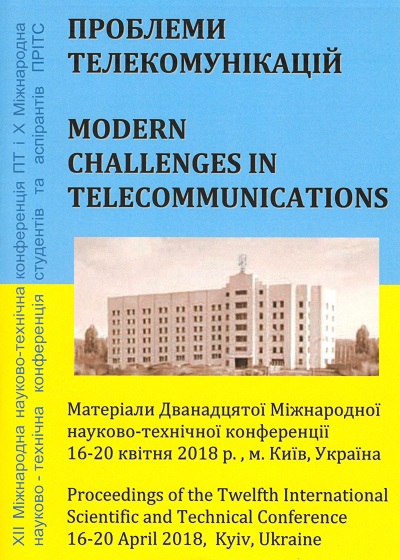USE OF MACHINE LEARNING TO SOLVE THE PROBLEM OF CUSTOMER CHURN
Анотація
ВИКОРИСТАННЯ МАШИННОГО НАВЧАННЯ
ДЛЯ ВИРІШЕННЯ ЗАВДАННЯ ВІДТОКУ КЛІЄНТІВ
У статті наводиться приклад застосування машинного навчання для вирішення завдання відтоку клієнтів від операторів мобільного зв'язку. Пропонується використання алгоритму на основі дерева прийняття рішень.
Посилання
F. Castanedo & G. Valverde & J. Zaratiegui & A. Vazquez (2016) Using Deep Learning to Predict Customer Churn in a Mobile Telecommunication Network.
C. B. Bhattacharya. (1998) When customers are members: customer retention in paid membership contexts. Journal of the Academy of Marketing Science, 26 (1) 31-44.
P. Kisioglu & Y. I. Topcu. (2011) Applying Bayesian Belief Network approach to customer churn analysis: A case study on the telecom industry of Turkey. Expert Systems with Applications, 38 (6), 7151-7157.
B. Huanh, M.T. Kechadi & B. Buckley. (2013) Customer Churn Prediction in Telecommunications. Expert Systems with Applications, 39, 1414-1425.
D. Chakraborty et. al. (2012) Method for Predicting Churners in a Telecommunications Network. US Patent 8194830 B2.
B. Eilam, Y. Lubowich & H. Lam. (2013) Method and Apparatus for Predicting Customer Churn.US Patent 8615419 B2.
##submission.downloads##
Як цитувати
Номер
Розділ
Ліцензія
Авторське право (c) 2018 Andrei Dmitrievich Baria, Larisa Sergeevna Globa

Ця робота ліцензується відповідно до Creative Commons Attribution 4.0 International License.
Authors who submit to this conference agree to the following terms:a) Authors retain copyright over their work, while allowing the conference to place this unpublished work under a Creative Commons Attribution License, which allows others to freely access, use, and share the work, with an acknowledgement of the work's authorship and its initial presentation at this conference.
b) Authors are able to waive the terms of the CC license and enter into separate, additional contractual arrangements for the non-exclusive distribution and subsequent publication of this work (e.g., publish a revised version in a journal, post it to an institutional repository or publish it in a book), with an acknowledgement of its initial presentation at this conference.
c) In addition, authors are encouraged to post and share their work online (e.g., in institutional repositories or on their website) at any point before and after the conference.

